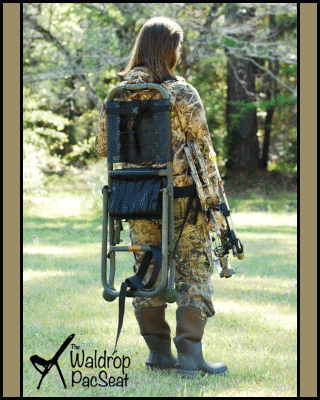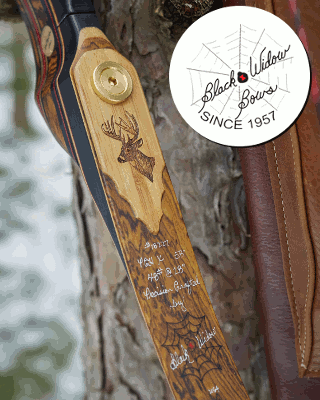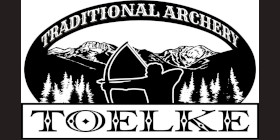It won't hurt anything.
It may not have got as hard as it has the potential to do.
It depends on so many things, dana.
The condition of the steel before you austenized it.
Did you actually get it to the temp and hold as long as necessary for that steel type?
Was the ENTIRE blade at THAT temp?
What oil did you use?
Here's a quick lesson:
When you "heat" the steel to it's critical stage, which is the temperature at which all of its alloy content converts to a condition named "austenite", once you remove the blade from it's heat source, it begins to cool off. Now, that's not a bad thing. You have a few seconds to get it into the PROPER quenchant for THAT steel.
Once you introduce the blade into the quench, it starts to cool off - VERY QUICKLY - and the steel "WANTS" to revert to the condition it was in BEFORE you turned it into austenite.
Let's say that the austenizing temp for that steel is 1500 degrees.
It is the "responsibility" of the quenchant to get the steel's temp BELOW about 900 degrees injust a few seconds.
Now, if you were using 5160, the oil needs to extract the heat and get it below 900 degrees in 4-5 seconds.
If you were using 1095 or W1 or W2, the quenchant needs to extract the heat down to 900 degrees in only about 1-2 seconds!!
So, we can see that the quenchant is the most important thing involved.
As well, the oil that will extract the heat in 4-5 seconds is NOT the same oil that will extract the heat in 1-2 seconds!
It's the alloys and their amount, in the steel, that dictate how fast the heat must be removed.
If the heat is not removes fast enough for THAT steel, then the blade will revert back to the condition it was in BEFORE you heated it up.
This is a hard part to understand - once the heat BEGINS to be removed, the alloys start moing around. Put it this way - you could hold that steel at its austenizing temperature ALL DAY.
Nothing would happen.
But, once it begins to cool off (like, in the quenchant!) you MUST get it below that 900 degrees in the amount specified for that steel.
So, you need the right quenchant to MATCH the speed of that steel.
Now, warmed oil removes the heat FASTER than cool oil.
Why? Because it can circulate around the steel surface FASTER if it's warm than if it's cold.
Make sense?
Now, think of this - if you quench a 1500 degree piece of steel in a bucket of cold water, almost nothing happens.
Why? Because no water is touching the blade to cool it off!
Really?
Yep.
The only thing touching the steel is STEAM - water VAPOR.
Same thing with oil.
If you are using motor oil or vegetable oil, or mineral oil, these things were NEVER designed to be subjected to temperature above just a few hundred degrees.
So, when you place a piece of steel in them that is 1000 degrees HIGHER than they were designed to ever be in contact with, those oils just torun to "vapor" around the blade and no "proper" cooling takes place.
Now, don't anybody get twisted here.
Yes, you can have success with Mineral oil.
You can have "success" with used transmission oil, etc., etc.
But, you will only get partial transformation to the condition we want, which is martensite.
Dana, the proper quenchants have ADDITIVES that inhibit the vapor barrier! They STOP the oil from turning to vapor around the steel and not cooling it fast enough.
Back up a little bit, and once you get that steel BELOW around 900 degrees, you halt the transformation that it WANTS to go into, and you force it to go another direction - into martensite.
I don't know what oil you are using.
I don't know what steel you are using.
Did you get it to the right temp for THAT steel?
Now, that's why a lot of people really heat up their oils, when they are not using proper quenching oil - is so that they can HOPE to approximate the success they wold experience if they were using the right oil.
It's obvious you are really putting a lot of time and effort into learning how to make a good knife that performs well.
My best advice to you is to get the minimal things you need to get the MOST out of your efforts.
Get some simple steel, and the proper quenching oil for THAT steel.




















